In simple language we say that vibration is a movement or mechanical oscillation about an equilibrium position of a machine or component. Vibration is a by-product of an otherwise useful operation and is very difficult to avoid.
Vibration unit is (m/s2) or units of gravitational constant “g,” where 1 g = 9.81 m/s2. Vibration measured two type as continuous measurement of critical machine and periodic measurement of machine after a selected interval.
Why need to measure the vibration:
Following are the reason to measure the vibration
- For checking the healthiness of critical machine (Like as compressor). By analysis the trend of vibration we can find the healthiness of critical machine.
- Structural Analysis.
Here we discussed about accelerometer type vibration measurement.
Accelerometer type vibration Probe:
Accelerometers type vibration probe works on piezoelectric effect. The acceleration of the gear box is transmitted to a seismic mass inside the accelerometer that generates a proportional force on the piezoelectric crystal.
Then piezo electric crystal generates an electrical charge (mv) which is proportional to the applied force. This mv is transmitted to transmitter and then transmitter amplifies this mv and converts in 4-20 ma and send to the controller / display unit.
Also Read : Bently Nevada Vibration Probes Testing
Point to choose best Accelerometer:
- On basis of mounting
- Range of measuring vibration
- Sensitivity: This is very important point to remember.Sensitivity is the relationship between the vibration and voltage produce by accelerometer at a reference Sensitivity defined mv/G. suppose a vibration probe which sensitivity is 5mv/G then its means at 1 gram forces its produce 5 mv.
Checking the probe:
- Check the resistance of probe it should be range between kilo ohms to mega ohms or refer the vendor manual.
- Tap on the vibration probe tip and check in indicator that reading is vary or not.
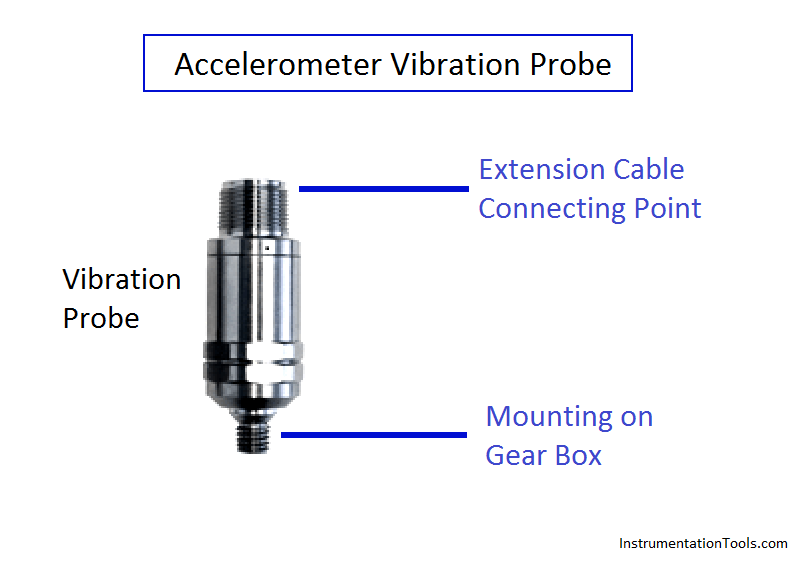

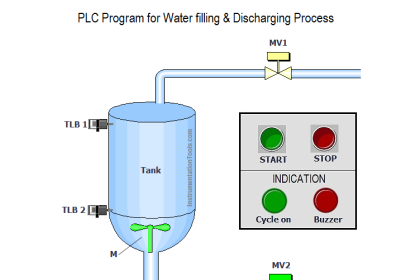
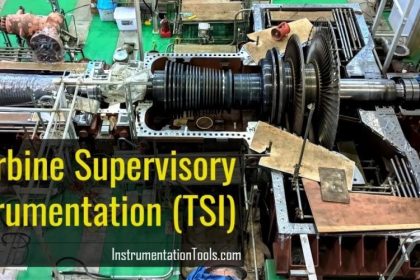
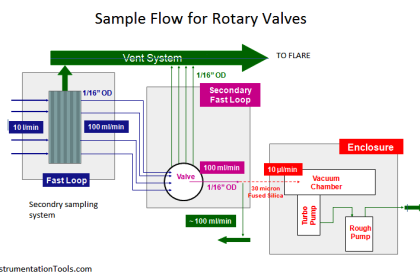

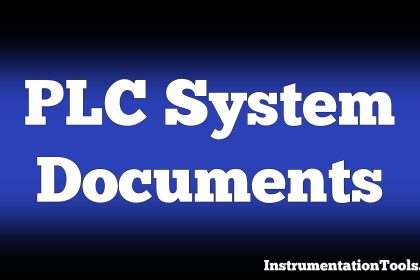
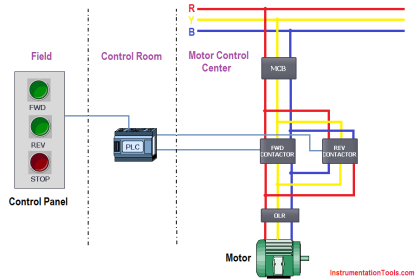
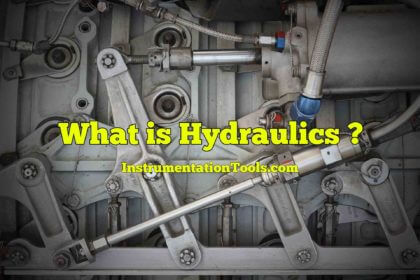
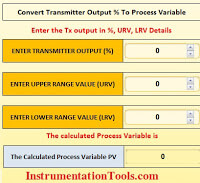

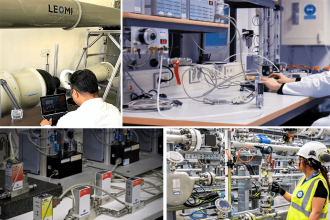
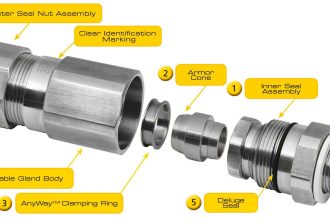
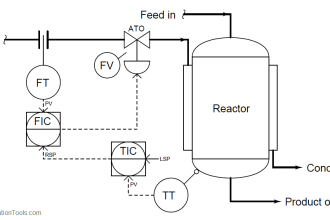
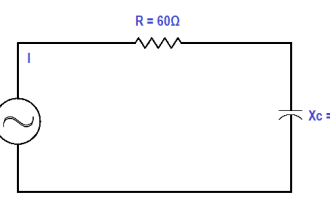

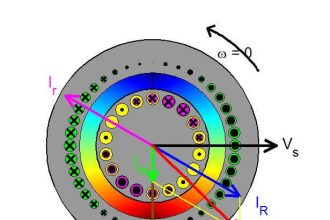

Good abstract
good operation
Dear Mr Ashish Agrawal ,thanks for your article but i think still needs more technical issues although we knows very well that Vibration consider as one of the most dangerous physical cases in any rotating equipment or even buildings or bridges or any structure or machine or equipment.
what i want to say that even the medium and high voltages Motors or even low voltages mostly provides with a mechanical vibration switch installed on the main body of the motor this protects motor from vibration and immediate via interlock system will shutoff the motor also this applied in main metric pumps of discharge capacities more than 1000 M/Sec ..etc
As u know so we have many types of vibration switches maybe different than the one u put it above and even as i remember in our pumping station i saw that the unit read G but to be honest what does G stands for i mean the exact unit of vibration despite we have displacement and rotational ,,etc of vibration cases
thanks / Automation engineer
George Ibraheem /oil engineer /Iraq
very Good dear George Ibraheem